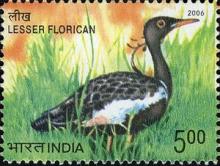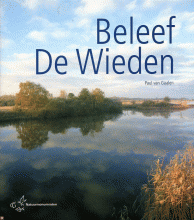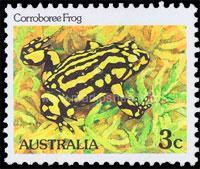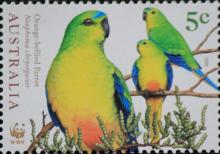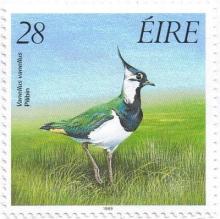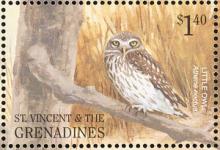Fifteen bird species in India remain critically endangered
Fifteen bird species in India remain critically endangered and three bird species that were in the 'least concern' category, so far, face greater danger than before, as per the recently-released International Union of Conservation of Nature's (IUCN) red list. The avian species that fall under the critically endangered category include migratory and non-migratory birds found in wetlands, grasslands, forests as well as scavengers. "The Himalayan Quail and Pink-headed Duck (Rhodonessa caryophyllacea) are practically extinct although they are listed as critically endangered," said Atul Sathe, manager-communications of the Bombay Natural History Society (BNHS). In the latest list, two birds - the River Lapwing (Vanellus duvaucelii) and River Tern - that were listed as species of least concern have been registered as near threatened. A third bird, the long-tailed duck, which has been sighted in India on a few occasions, has moved from 'least concern' to 'vulnerable' on the red list, Sathe added.

